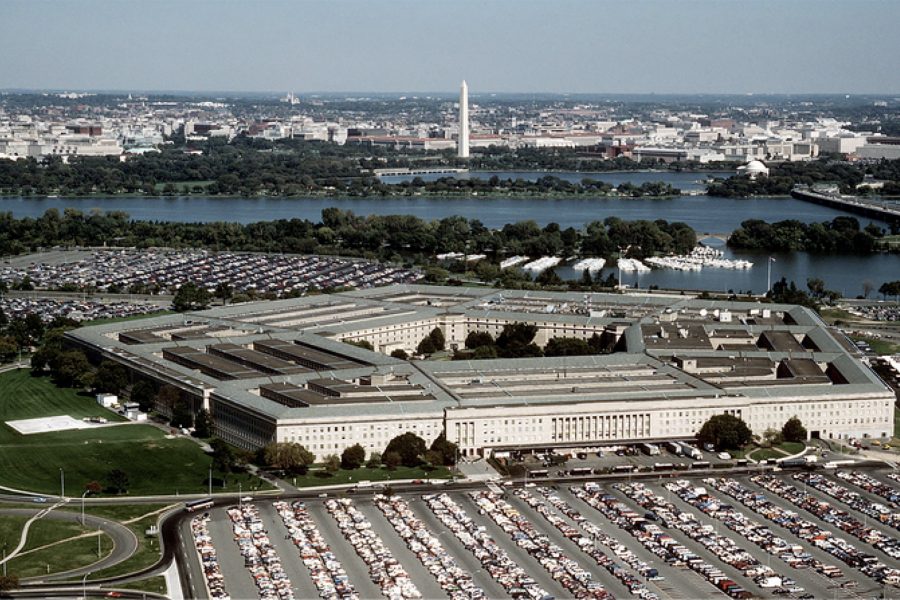The Pentagon’s fiscal 2021 budget request increases spending on nuclear modernization, space, cyberspace, and multi-domain operations in preparation for great power competition, while reducing overseas contingency operations funding for the wars in the Middle East.
The Pentagon’s total request is for $705.4 billion, including $636.4 billion in base funding and $53 billion in overseas contingency operations funding. An additional $35.1 billion for the Department of Energy and other agencies brings the total national defense spending to $740.5 billion. In fiscal 2020, the Pentagon received $712.6 billion in total, including $633.3 in base, $71.3 billion in OCO, and $8 billion in emergency funding.
This $53 billion OCO request is about $13.4 billion less than the department’s 2020 request, which Pentagon officials say represents a shift away from continuous operations in the Middle East. However, it includes $16 billion in “OCO for base,” a significant increase from the $4.9 billion in 2020, which helps cover the costs of procurement and provides a work-around to Budget Control Act limitations.
Total investments aim for “irreversible development of a more lethal and efficient force that can project power globally against a full spectrum of threats,” according to the Pentagon’s budget overview. This funding plan is subject to Congressional approval, with a likely overhaul of the spending plans expected.
With a combination of base and OCO funding, the budget includes $56.9 billion for 79 F-35s of all variants, 24 F/A-18E/Fs, 12 F-15EXs, 320 support and logistics aircraft, 167 rotary-wing aircraft, and 703 unmanned aerial systems, plus the development of aircraft-related technology and modifications to existing aircraft.
To help pay for some of this modernization, the budget calls for cutting 17 USAF B-1B Lancers and 21 RQ-4 Global Hawks.
The request includes $28.9 billion for nuclear modernization, including a jump to $1.5 billion in funding for the Air Force’s Ground-Based Strategic Deterrent, up from the $600 million in 2020. Nuclear funding includes $7 billion total for command and control.
This investment coincides with $20.3 billion for missile defeat and defense, including research on hypersonic defense and the next-generation interceptor, plus procurement of Ground-Based Missile Defense, Terminal High Altitude Area Defense, and Advanced Technology Missile Defense.
To support the creation of the U.S. Space Force as a separate service under the Department of the Air Force, the budget calls for $18 billion for the space domain, with $15.5 billion for procurement of space-based systems such as GPS III and National Security Space Launch.
The budget calls for a personnel increase of 5,600 troops across all services, including an additional 1,500 Total Force Airmen. It also includes a 3 percent pay raise and investments in family support initiatives, such as professional development for both service members and spouses, an increase in paid parental leave, and increases in funding for child development programs.
